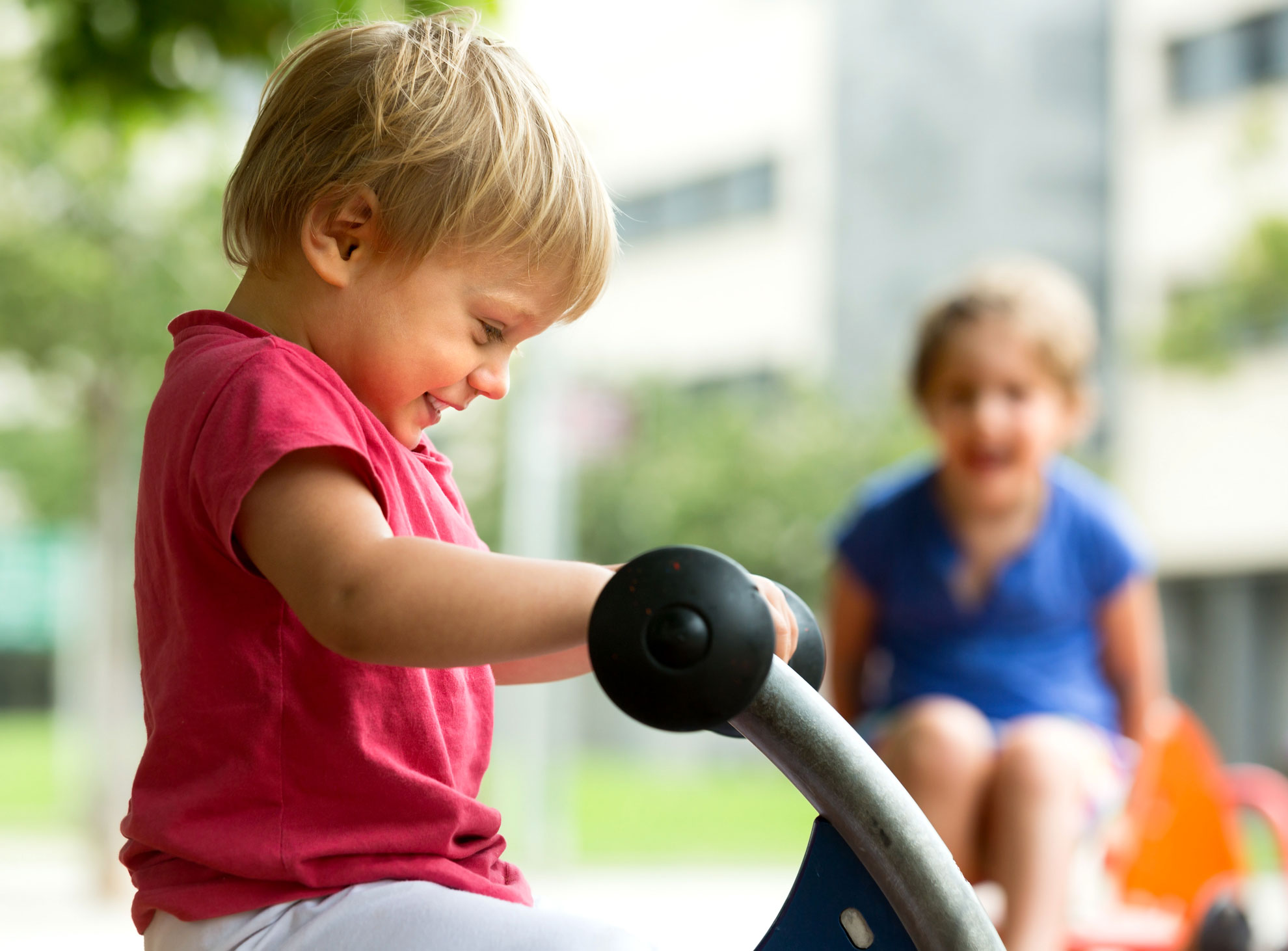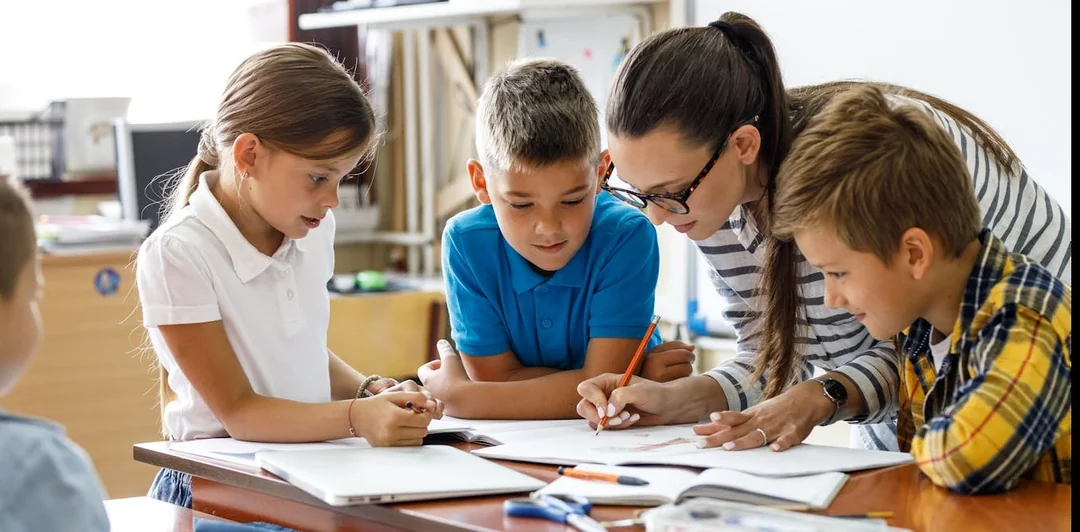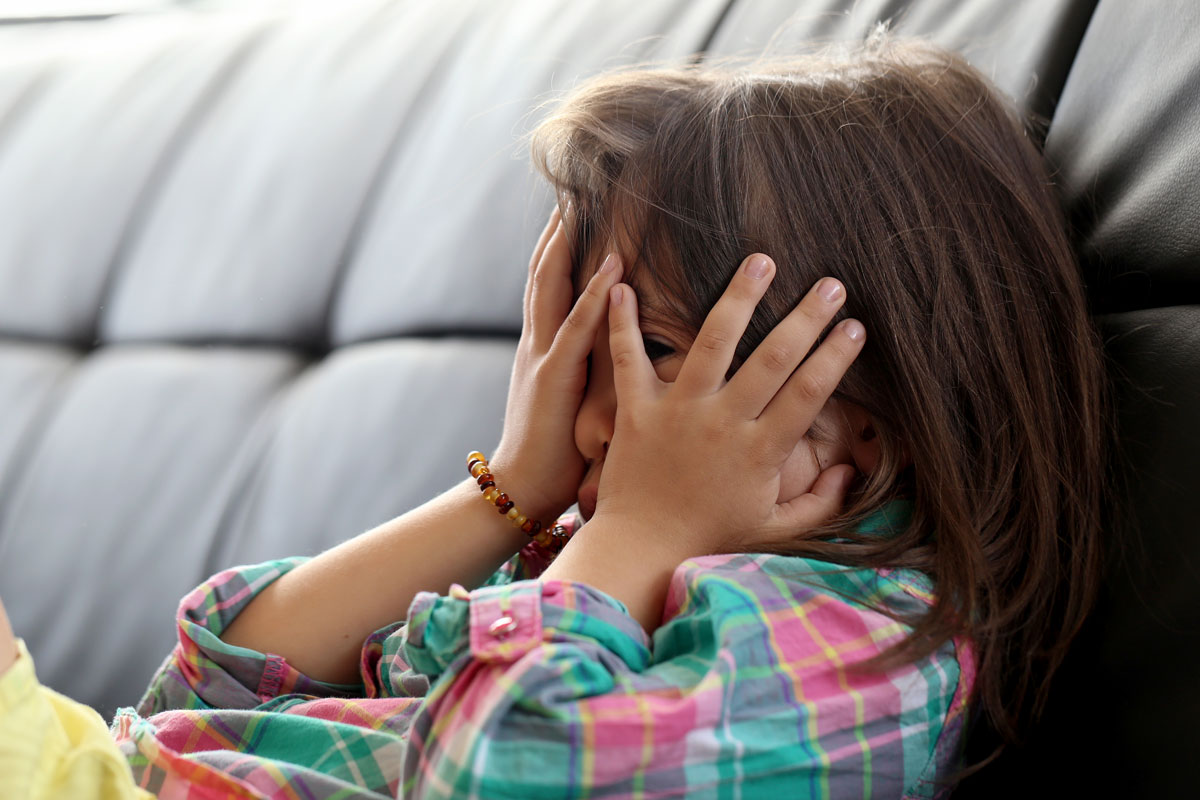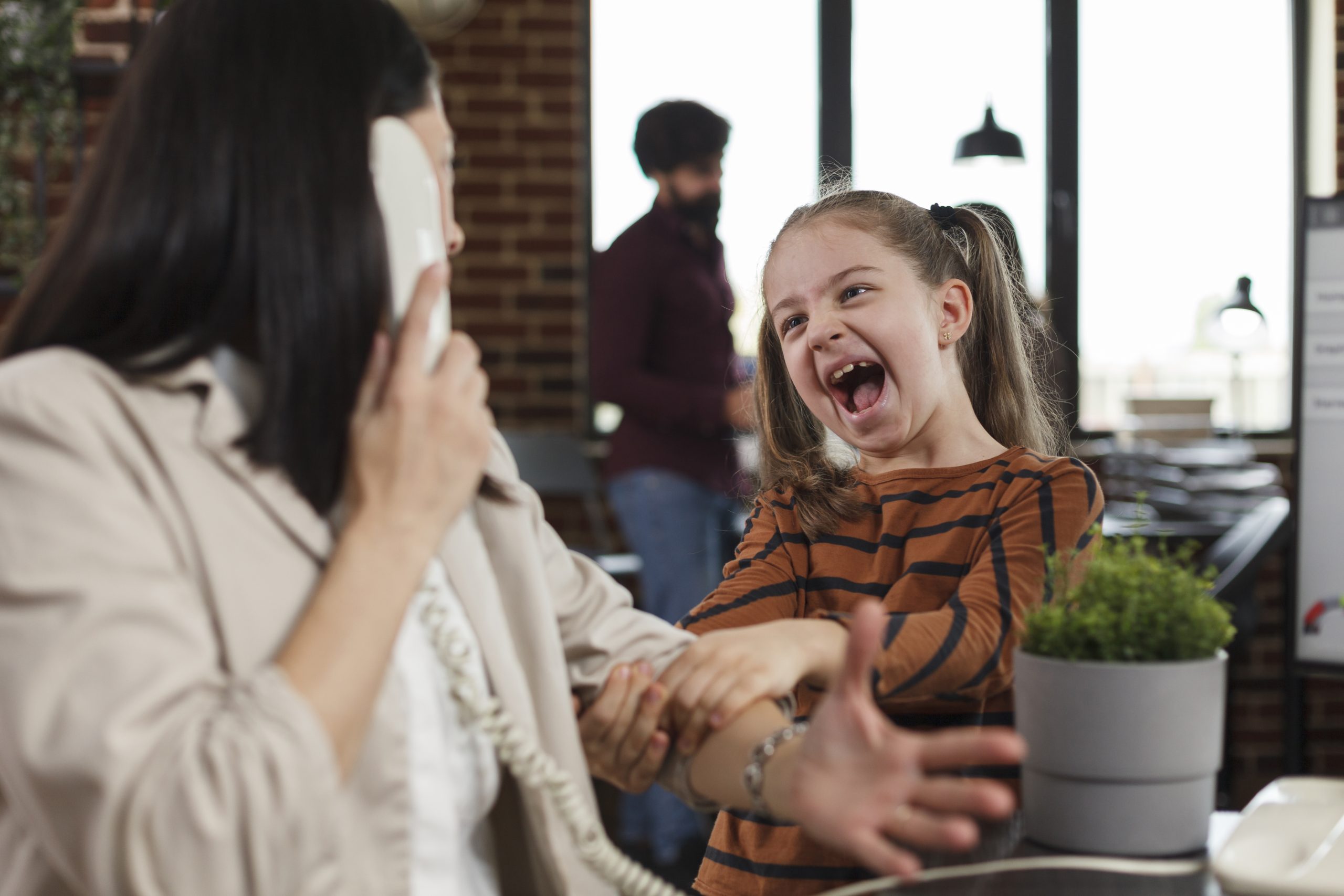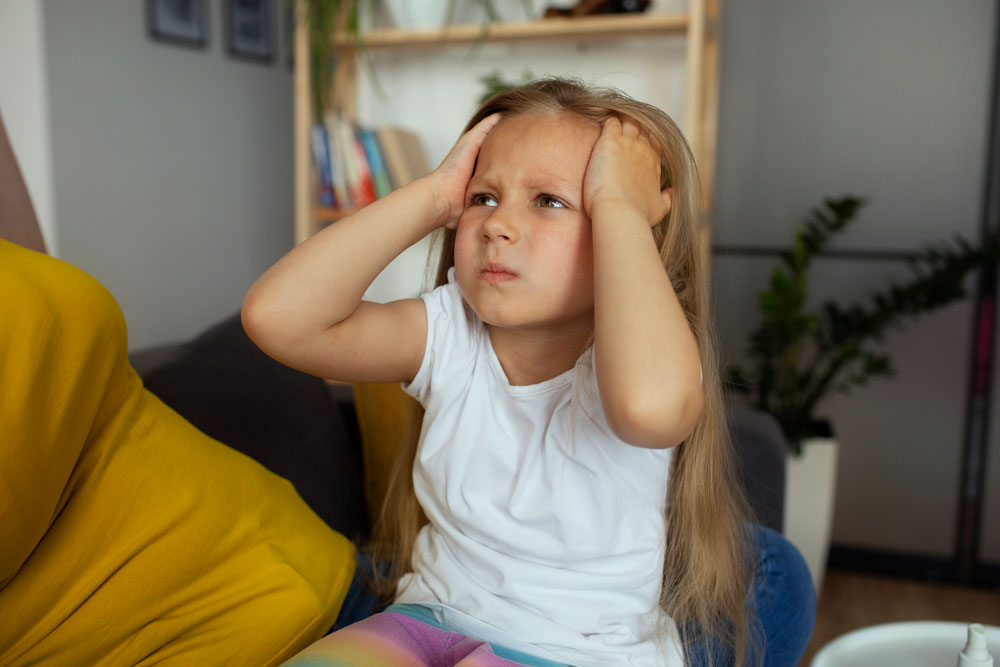Physical activity isn’t just about fun and games—it’s a crucial part of every child’s growth, development, and overall well-being. From toddlers to teens, regular exercise builds strong bones, enhances muscle strength, improves heart health, and even supports brain function. But its benefits go beyond the physical—regular activity boosts mental health, reduces stress, and helps children develop socially. In this article, we’ll dive into the exciting and varied ways you can keep your child moving, provide practical tips for making fitness a family affair, and explore the powerful impact physical activity can have on their health and development.
1. Why Physical Activity Matters for Children
Physical Health Benefits:
- Strengthens Muscles and Bones: When kids run, jump, or climb, they’re building muscles and bones that will last a lifetime. Regular physical activity helps children grow strong and resilient, reducing the risk of osteoporosis as they age. And it’s not just about growing bigger—it’s about growing stronger.
- Boosts Heart Health: Physical activity like running, cycling, and swimming keeps the heart pumping and the blood flowing. It improves cardiovascular endurance, reduces blood pressure, and keeps your child’s heart healthy and strong.
- Supports Healthy Growth: Exercise helps children grow in more ways than one. Not only does it promote healthy physical development, but it also supports their motor skills, helping them become more coordinated as they move through different stages of childhood.
- Enhances Immunity: Active children are often healthier children. Exercise strengthens the immune system, which helps keep them protected from illness.
Mental Health Benefits:
- Improves Mood: You’ve probably noticed how much better you feel after a walk or workout. The same goes for kids! Physical activity releases endorphins—those “feel-good” chemicals—that help improve mood, reduce stress, and fight feelings of anxiety or depression.
- Boosts Confidence: Every time your child masters a new physical skill—whether it’s learning to ride a bike or hitting a target—they gain a sense of achievement and a boost of confidence.
- Cognitive Development: Physical activity is incredibly good for the brain. It improves concentration, memory, and learning abilities. Plus, studies show that kids who are active tend to perform better in school.
Social and Emotional Benefits:
- Encourages Teamwork: Sports like soccer or basketball teach kids how to work as a team, communicate with others, and develop social skills—all of which are essential for building strong relationships and understanding cooperation.
- Reduces Screen Time: It’s no secret that kids spend a lot of time on screens these days. Physical activity offers a healthy, engaging alternative to the sedentary lifestyle of watching TV or playing video games. It helps children strike a better balance between technology and activity, leading to better health overall.
2. Fun Ways to Get Kids Moving by Age Group
Toddlers (1-3 Years):
For toddlers, physical activity is all about exploration, coordination, and building basic motor skills. The goal is to keep things fun, engaging, and simple.
- Dance Parties: Put on your child’s favorite tunes and have a family dance-off! Dancing not only helps toddlers develop coordination but also lets them burn off some energy in the process.
- Obstacle Courses: Create simple obstacle courses in your living room using cushions, chairs, and tunnels. Toddlers love to crawl, climb, and explore!
- Chasing Games: Classic games like “Tag” or “Ring Around the Rosie” are perfect for toddlers. They’re fun, active, and encourage social play.
- Ball Play: Soft balls are great for helping toddlers develop hand-eye coordination. Toss, roll, and kick to keep them engaged!
Preschoolers (3-5 Years):
As children grow, they become more independent in their movements, and physical activity can become more structured while still being fun.
- Bike or Tricycle Rides: Regular bike or tricycle trips to the park not only provide a great cardio workout but also help improve balance and coordination.
- Interactive Dance Games: Programs like “Just Dance” or apps that encourage dancing are a fun way to get preschoolers moving to the beat and improving their motor skills.
- Animal Walks: Have your child imitate animals by hopping like a frog, waddling like a penguin, or slithering like a snake. It’s a fun way to improve motor skills while learning about animals.
- Sports Introduction: Start teaching your preschooler basic skills like throwing, catching, and kicking. Simple games of t-ball or mini soccer are a great introduction to sports.
School-Aged Children (6-12 Years):
Kids in this age group can handle more structured activities and often enjoy both individual and team sports. It’s the perfect time to introduce them to a variety of fun, engaging exercises.
- Team Sports: Whether it’s soccer, basketball, or swimming, team sports teach kids important skills like teamwork, communication, and discipline—all while keeping them active.
- Family Hikes or Walks: Explore local trails or nature parks together. Turn it into a fun family outing, and keep kids engaged by creating nature scavenger hunts or playing games during the hike.
- Jump Rope or Hula Hooping: These activities are excellent for improving coordination and cardiovascular health.
- Fitness Challenges: Kids love friendly competition. Set up a race, jumping contest, or fitness challenge to make exercise exciting.
- Skateboarding or Rollerblading: If your child is into skateboarding or rollerblading, these activities are fantastic for building balance and strength.
Teens (13-18 Years):
For teens, physical activity should focus on fitness, challenge, and personal interest. Encouraging them to try activities they enjoy can help build lasting healthy habits.
- Strength Training: Light weight training or bodyweight exercises like push-ups and squats can help teens build muscle and strength, promoting healthy bone density.
- Running or Cycling: Running and cycling are great solo activities that provide excellent cardiovascular benefits and can be personal challenges for teens to track progress.
- Sports and Recreation: Encourage teens to join sports teams or try individual activities like tennis, swimming, or martial arts. It’s a great way to improve fitness while engaging in a social environment.
- Group Fitness Classes: Fitness classes like yoga, pilates, or boot camps are a fun way to help teens build strength, flexibility, and endurance while making fitness part of their routine.
- Dance or Zumba: Many teens enjoy dance-based classes like Zumba or hip-hop dance. They combine fun and fitness in a way that keeps teens engaged and active.
3. Tips for Making Physical Activity a Family Affair
Physical activity doesn’t have to be a solo activity. Making fitness a family affair strengthens bonds and sets the foundation for healthy habits that last a lifetime.
- Family Fitness Challenges: Set a fun goal for the family—whether it’s a step-count competition or a fitness session after dinner. Challenge each other to reach new milestones!
- Active Family Outings: Instead of just sitting at home, plan active outings like hiking, biking, or visiting the zoo. You can even create friendly competitions or scavenger hunts to make it more exciting.
- Set a Family Fitness Routine: Whether it’s morning yoga or an evening walk, establishing a regular routine ensures everyone stays active—and it helps build lifelong habits.
- Limit Screen Time: Encourage your children to take a break from screens by going outdoors for a game of tag, a bike ride, or a quick walk in the park. It’s all about balance!
- Make it Fun: The most effective way to get kids moving is by making physical activity enjoyable. Let their interests guide the activity, whether it’s a treasure hunt, a dance-off, or a backyard obstacle course.
4. Overcoming Challenges to Physical Activity
Time Constraints:
Life gets busy, but even small bursts of activity can make a difference. Short, 15-20 minute sessions before school or after dinner can be just as effective as longer workouts.
Resistance to Exercise:
Some kids might resist physical activity, especially if it feels like a chore. To keep them engaged, offer a variety of activities and involve them in the decision-making process. Let them pick what they enjoy most!
Access to Facilities:
Don’t worry if you don’t have access to a gym or sports club. There are plenty of ways to stay active at home or outdoors, from bodyweight exercises and obstacle courses to online workout videos.
5. Resources for Encouraging Physical Activity in Children
- Active Kids Do Better: This program encourages physical activity in schools and communities, aiming to improve both academic performance and mental health.
- GoNoodle: This free app offers fun, dance-based activities that get kids moving and grooving.
- Fit Kids Club: Provides fitness challenges and family-friendly resources to help engage kids in active play.
Physical activity is one of the best gifts you can give your child. Not only does it keep them healthy and strong, but it also boosts their mood, builds social skills, and sets them on the path to a happy, active lifestyle. Whether they’re toddlers or teens, there’s a perfect activity waiting to get them moving! So, what are you waiting for? Let’s make fitness fun for the whole family.

